A Conversation w/ Market Wizard Tom Basso | Austin Silver | ASFX
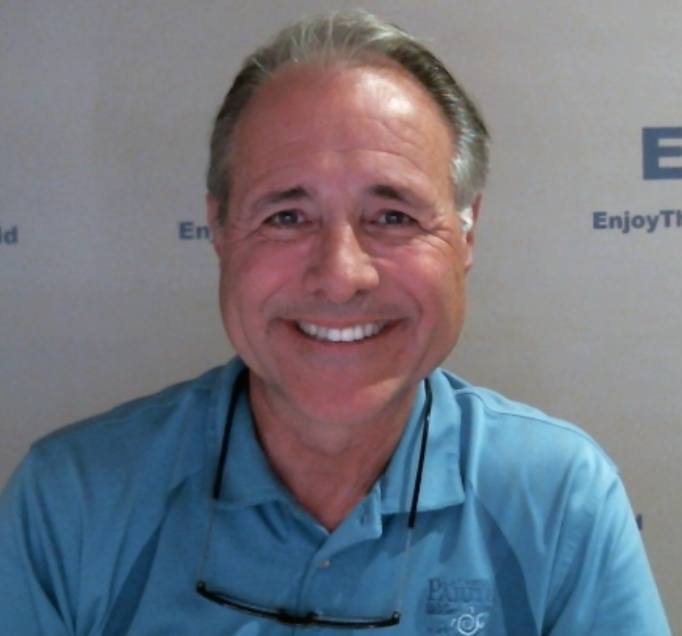
Market wizard, Tom Basso, needs no introduction.
We are extremely grateful that he was willing to give us some of his time for this interview. In this conversation, Tom and Austin cover a wide area of topics from his experience managing $600 million dollars to how he built a lifestyle that he truly enjoys.
Tom shares his advice for new traders looking to get into the money management business, he also gives great insight as to how he used Futures and Forex to scale up his portfolio, both personally and professionally with his fund Trendstat.
Trendstat closed its doors a few years ago, but Tom is as active as ever to this day. He has everything that I want from my trading business. He controls his time, controls what he does, and never has to do something that he doesn’t want to do.
No, he doesn’t trade billions of dollars like some people think they need to, but Tom does very well for himself and his wife.
Who is Market Wizard Tom Basso?
Tom Basso used to be a chemical engineer, but then he got bored with that so he looked to the stock market.
He formed and ran an investment club. Once that quickly became successful, people started asking him to manage their money even as he continued to work as a chemical engineer. He then got to the point where he had to register as an investment consultant.
Q: “It seems like it started with the investment club and then picked up really quickly. Had you ever thought about money management before that?”
Tom: “Nope.”
Q: “Has anyone ever asked you to define a trading edge? Could you share what that may be?”
Tom: “For me, a trading edge is a personal inventory. It covers anything from mental awareness, self-esteem levels, ability to keep yourself balanced, self-confidence, computer skills. Your own personal knowledge of certain markets, different risk levels, different amounts of capital, different amounts of time that can be allocated, different levels of contacts, math skills, etc.
When you package the entire personal inventory together with your strategy, that’s your edge. So, to me, an edge is a little bit different than it is for other traders.”
Q: “How Important is community to you? It seems like you were never on your own?”
Tom: “My life is insane now with all of the direct messages and questions I am asked. I would say I’ve never been alone, but the final decisions at Trendstat were mine because I owned it.
It feels like how you do when you walk down the street in NYC, you’re alone but surrounded by a lot of people focused on their own business. I needed to be a strong loner and decision-maker.”
Q: “How did you get clients all over the world?”
Tom: “It was largely bank centers.”
Q: “Where’s your favorite place that you’ve traveled during all of these business trips?”
Tom: “Scottsdale. That’s why I settled here. Arizona is lovely! I love the dry climate. When I go East, it almost feels like I am having a hard time breathing because of the humidity.”
Q: “What do you think about some of the current stuff going on now? For example, cryptocurrency? Are you a believer in it or a trader in it?”
Tom: “Cryptocurrencies, to me, are an interesting concept that will eventually find their place in society. I still think it’s not quite ready for prime time yet. Until it becomes, in my mind, something that my wife will use to shop at the grocery store, and it’s scalable then no.
For me, in retirement, I don’t want to watch it go up and down throughout the day. I have better things to do in my day. I would rather put a stop on silver and watch it run. I don’t want to lose the money and capital I’ve built so far.”
Q: “At what point did you make the decision, okay nothing is coming before this? Was it family or your own personal wants?”
Tom: “It was the lifestyle. Family, the ability to enjoy golf, working out, and do things I never had the chance to do.
When you’re on a plane all of the time, you miss things like dance lessons, so now that I’m retired, I signed up for dance classes and my wife and I are Arizona two-steppers!
As you look at a 24 hour day pie, or a whole year pie, look at all of the different pieces that get pulled, you see that it’s hard to balance everything.
You need to sleep, eat, cook, exercise, etc.
I sign, I dance, I cook, I trade, I paint and I go to aqua classes.
I think a lot of people when they retire, sadly identify with their career. They retire and they say, ‘I was a CPA.’ They get lost because they identify with their jobs and not the fact that they are human beings with skills and creativity.”
Tom Basso is not only a Market Wizard, but also a Retirement Wizard.
Q: “Can you define retirement?”
Tom: “Retirement could be trading and solving a puzzle with my trades or doing a crossword puzzle. It’s to take the view of the entire year and ask yourself, what things did you do that were really fun to do and got you excited. You get to decide the mix between things that need to be done (taxes, eating, sleeping, etc.) and things you want to do that you find energizing and fun.”
Q: “Is there a number that you have thrown out to people saying you should have X amount before retiring?”
Tom: “It changes depending on location and the lifestyle you want to have and the activities you really like to do. If you’re living in San Francisco and enjoy racing cars as a hobby, you’ll need more than if you’re living in a small town near a river and just enjoy fishing in your spare time.
Before that point, I think an account from 50-100K is a good ballpark to start, learn, making small trades and hopefully not take any huge losses. Keep adding money and keep growing in your trading experience.”
Q: “I’ve heard you say before that you’re risking no more than 1% on a trade. Has that always been your risk profile?”
Tom: “When I was at Trendstat, my job was managing the client’s money, not mine. A typical client’s risk was 0.6-0.7%, which was a lot easier on the client, so 1% was a little bit higher risk.
For me, I am more risk-tolerant because I know what I’m doing. I’m experienced and I have the capital, so it makes more sense for me to trade with 1% risk.
If I’m in the trade, and it’s going in my direction, I’ll let the risk go to 2.5%. I need to give it a little bit of extra room so I’m not taken out arbitrarily.
I move the stop loss as much as I can justify, I don’t add to winning trades.”
Q: “For someone like me, I’ve never traded futures. Where would you push me to learn about futures?”
Tom: “Several things. The first thing I would point you to is a webinar recording on my website on how to incorporate trading futures into your portfolio. I would also point you to the Chicago Mercantile site because they have tons of information regarding futures.”
Q: “Are Futures the main market you’re focused on right now?”
Tom: “I find that it is the easiest thing for me to do. I find trading ETFs take less time for me but it’s harder to diversify. If I have 20 positions in a portfolio and one of them happens to be crude oil and the other happens to be live cattle. On any given day, those don’t have a lot to do with the other. When I look at Futures, it’s something you can vastly diversify.”
Q: “When you first got started with Futures, how did you do it? Over the phone?”
Tom: “Yes, over the phone. The broker would then write up a ticket, it would go to his wire room, the wire room would wire the floor, the floor wire operator would then signal or write up a ticket, then a runner would run it out to the pit guy.
Then the pit guy would hand his trader the ticket. So, that guy would have all of his tickets and the books. Imagine them doing the hand signals and the screaming. Then when he was done he would mark it up on who he thought did the other side of the trade with their initials.
Finally, he would drop that trade down on the floor and the runners would crawl under the pit and try and grab their tickets. They would then take it back to the wire operator who would wire it back to the brokerage office. As the final step, the broker would call you and tell you you were filled.
That process took anywhere from 30 min to an hour depending on how busy it was.”
Q: “So, what do you think now about how easy and convenient it is to trade?”
Tom: “There’s a heck of a lot less potential for error. They used to spend hours figuring out trading disputes. I was a big advocate of electronic processes.”
Q: “What about physical gold and silver? Do you believe in that?”
Tom: “3% of your assets might be a lot. People should have contingency planning for world depression or the world coming apart at the seams, but not get obsessed with it. I think if you can buy the futures contract, it would be a lot easier than having the physical gold. First, it is heavy and physically hard to manage. Second, what if someone robs you at gunpoint and takes all of your gold. You want to diversify and protect your assets, but you don’t want to be obsessed with one way over another.”
Q: I’m looking at your book, chapter 2, the part about understanding yourself. You said, ‘When an investment is as appropriate for an investor it becomes almost as easy as breathing. A balanced investor understands the overall strategy, does a good job at diversifying and managing risk, and feels comfortable that the trade suits his or her personality.’ When did you understand that within your own trading and how could you tell someone who is struggling to find that sense of breathing what they can do in their daily routine to accomplish that?
Tom: “I understood that when I got to the point where I had the first clients as a money manager and I realized that the questions they were asking me didn’t relate to good trading but to their own unease with trading and their lack of knowledge, mental discipline, strategic focus on things as opposed to the wall st journal. I stood back from it all and on one of my many plane flights, I’m thinking all of our clients need more help in trying to be comfortable than they do with managing money. The reason I wrote that book was to give a free copy to each client that came in with the hopes they would read it because by them being a better client, they would help me a better money manager.
When I had clients leaving, I would be adding money in, and when they would come in, I would reposition my money all over the place. I did the opposite of what the clients did.”
It’s clear why Tom Basso is a Market Wizard and we thank him so much for giving us a big chunk of his time.
More from ASFX…
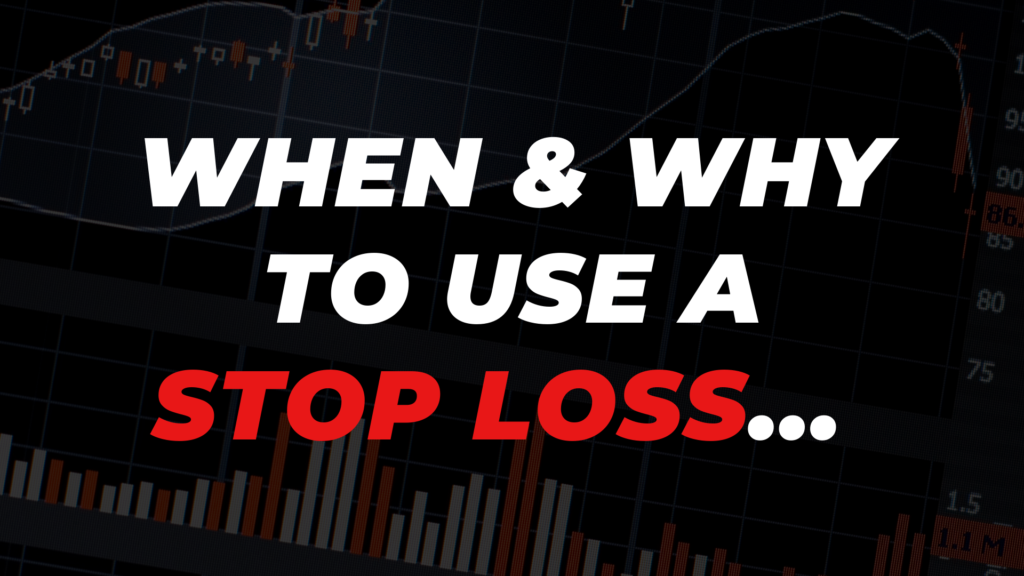

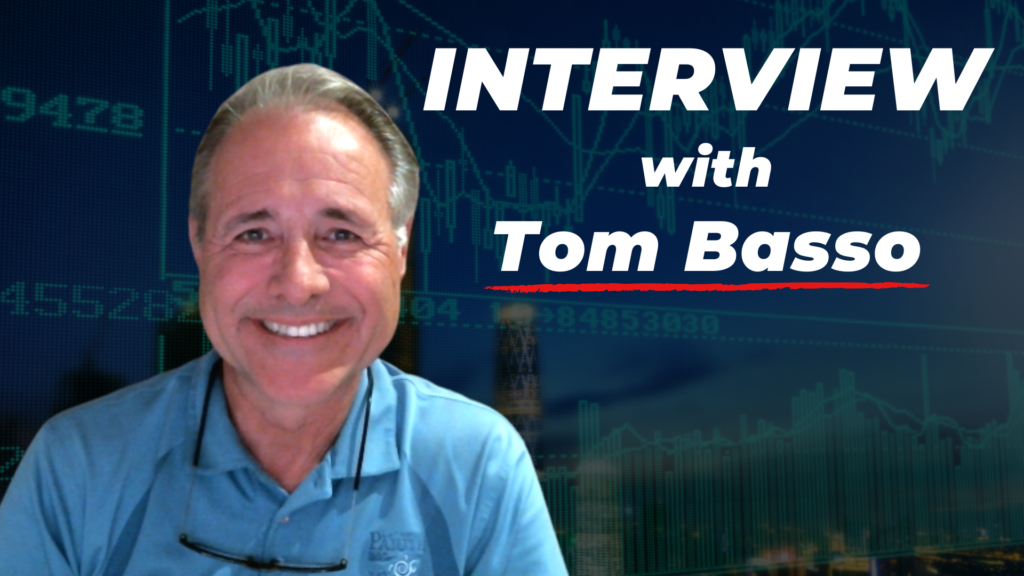

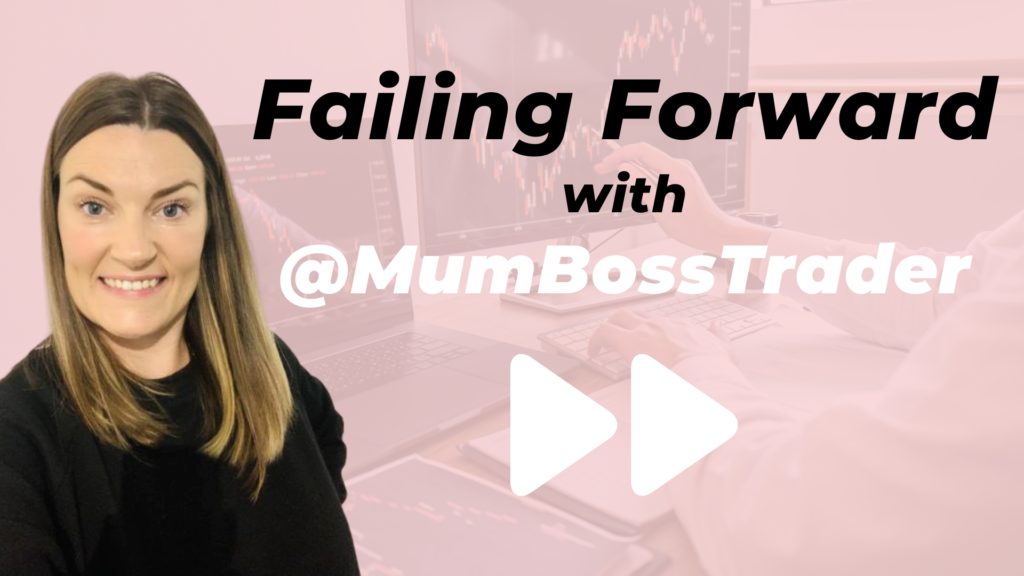
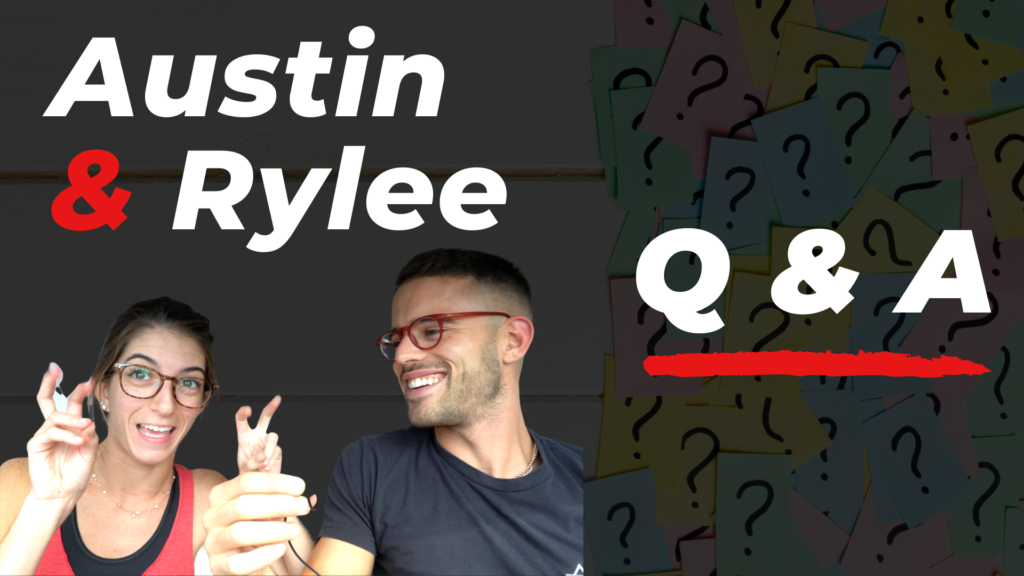

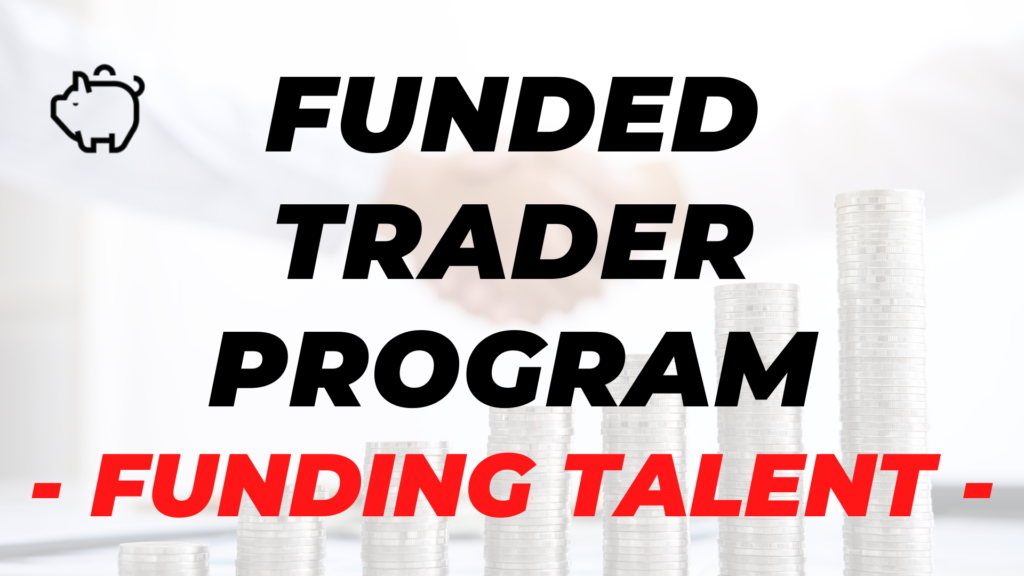

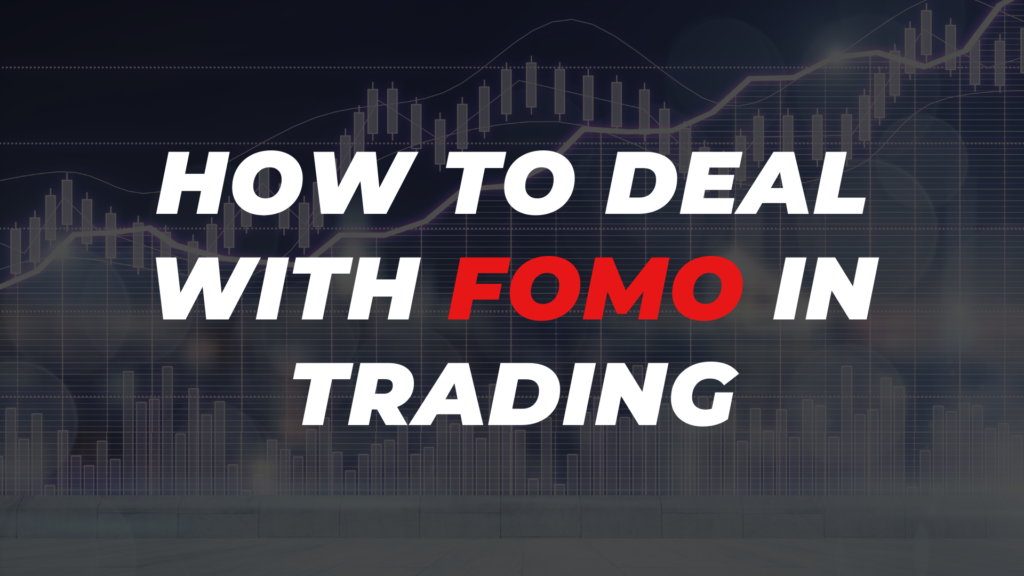
More from ASFX…










More from ASFX…











